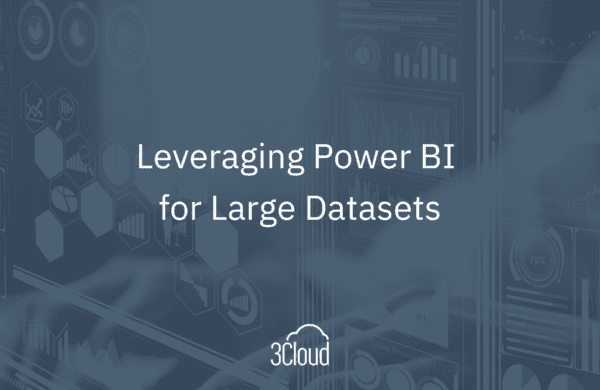If you’re like many Azure customers, you’ve been on the look out for a data catalog and data lineage tool and want one with all the key capabilities you’re looking for. Let me tell you more about the Informatica Data Catalog.
The Informatica tool helps you to analyze, consolidate and understand large volumes of metadata in your enterprise. It allows you to extract both physical and business metadata for objects and organize it based on business concepts, as well as view data lineage and relationships for each of those objects.
Sources include databases, data warehouses, business glossaries, data integration and Business Intelligence reports and more – anything data related. The catalog maintains an indexed inventory of all the dated objects or ‘assets’ in your enterprise such as tables, columns, reports, views and schemas.
Metadata and statistical information in the catalog include things like profile results, as well as info about data domains and data relationships. It’s really the who, what, when, where and how of the data in your enterprise. Informatica Data Catalog can be use for tasks such as:
- Find your scalable assets by being able to scour your network or cloud space to look for assets that aren’t cataloged.
- View lineage for those assets, as well as relationships between assets.
- Enrich assets by tagging them with additional attributes, possibly tag a specific report as a critical item.
These are lots of useful features in the Data Catalog. Some key ones are:
- Data Discovery – Do a sematic search, dynamic filtering, data lineage and relationships for assets across your enterprise.
- Data Classification – Automatically or manually annotate data classifications to help with governance and discovery – who should have access to what data and what does the data contain.
- Resource Administration – Like resource, schedule and attribute management, as well as connection or profile configuration management. All the items that surround the data that help you manage the data and the metadata around it.
- Create and edit reusable profile definition settings.
- Monitor resources and tasks within your environment.
- Data domain management where you can create and edit domains and the kind of groups you want to group together with like data and reports.
- Assign logical data domains to data groups.
- Build composite data domains for management purposes.
- Monitor the status of tasks in progress and look at some transformation logic for assets.
On top of this, you can look at how frequently the data is accessed and how valuable it is to your business users; showing this type of information around your data so you can trim reports that aren’t being used for instance.
When we talk about modern data warehousing in the Azure cloud, this is something we’ve been looking for. It’s a useful and valuable tool for those who want those data governance and lineage tools.
Need further help? Our expert team and solution offerings can help your business with any Azure product or service, including Managed Services offerings. Contact us at 888-8AZURE or [email protected].




